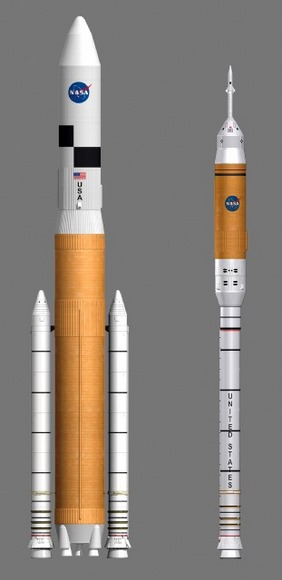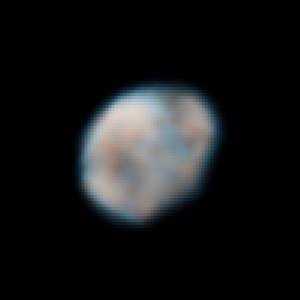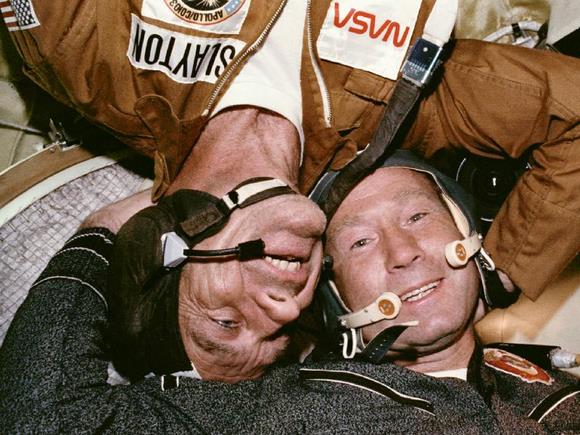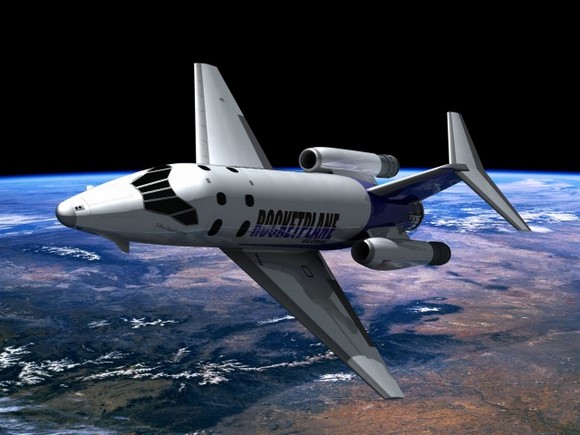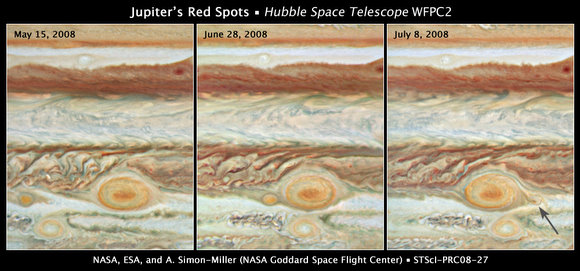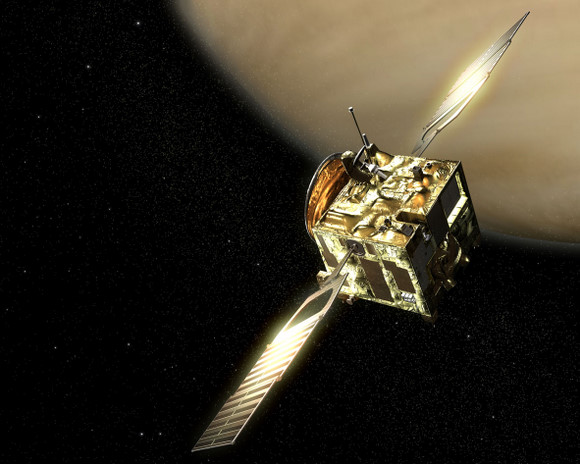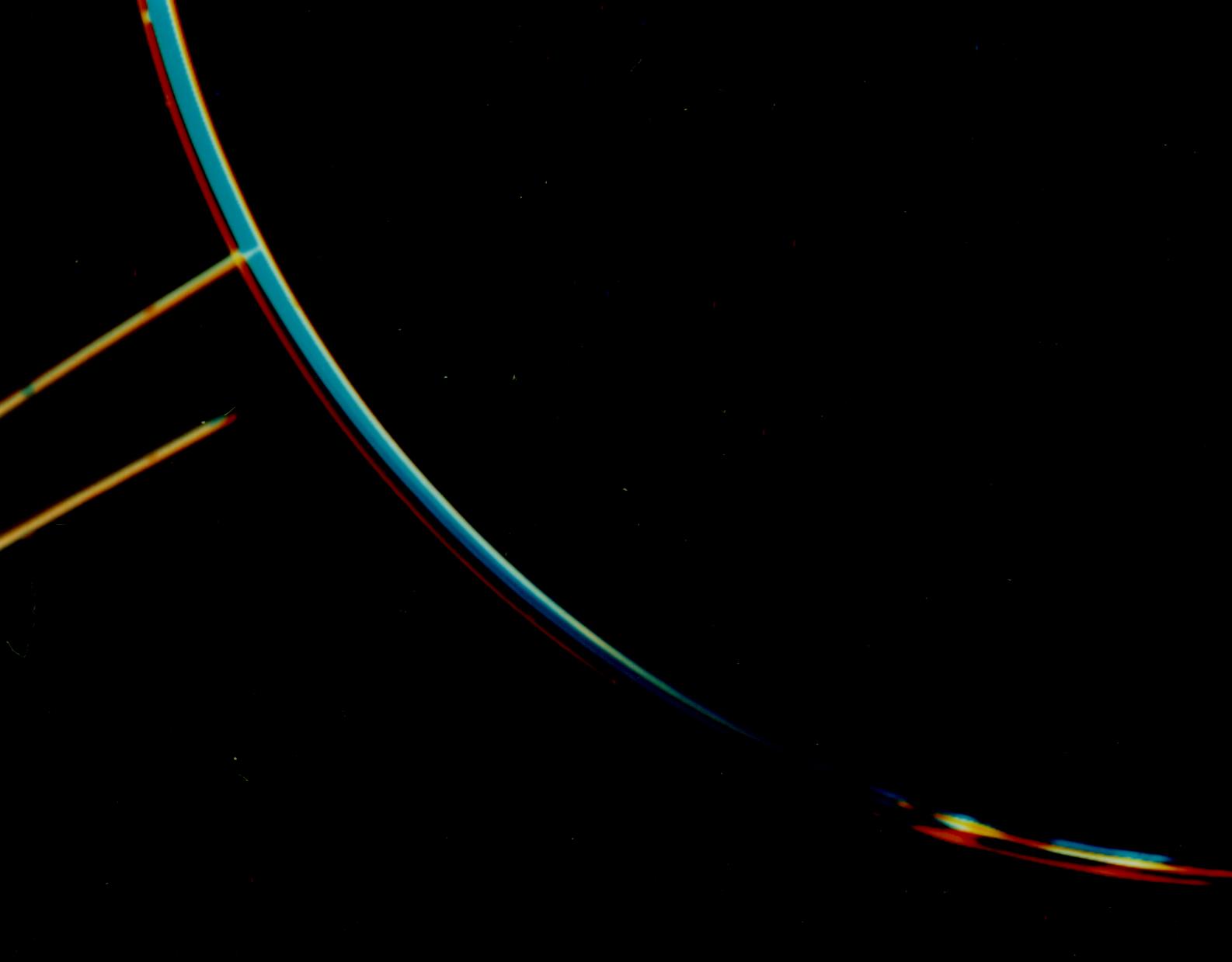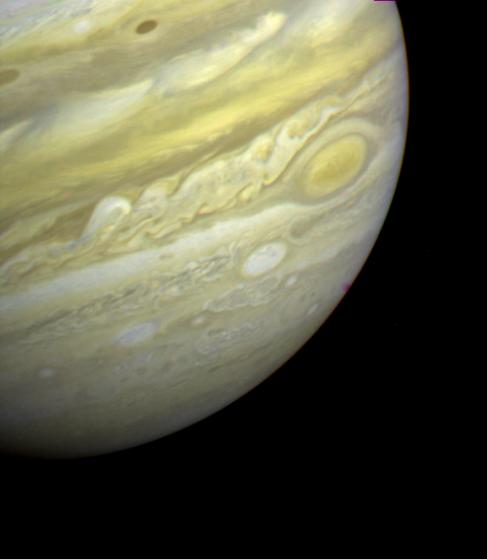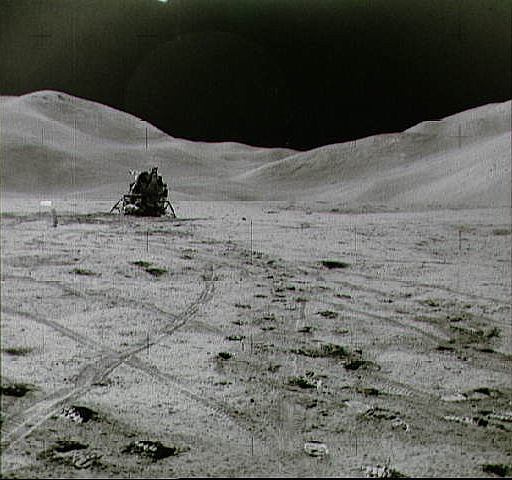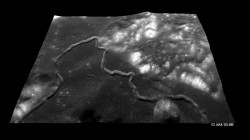[/caption]
Rocketplane Global has announced they will be offering the opportunity for people to get married in space. On their upcoming planned suborbital flights, the space tourism company is making available specialty charter flights that include space wedding ceremonies. Billed as “the ultimate high-end celebrity wedding,” the package was first un”veiled” in Japan earlier this month by Rocketplane Japan and First Advantage Travel. With the shirtsleeve cabin environment of the XP spaceplane and its redundant life support systems, the wedding party can wear clothing of their own choosing. No need for “bulky helmets or pressure suits which would detract from the beauty of the ceremony and of course the Wedding Kiss,” said the press release. No mention if the happy couples can then become part of the 60 Mile High Club.
Rocketplane’s press release didn’t provide the price, and the website listed for further information is in Japanese, but Rocketplane’s suggested retail price on their first flights to space is $250,000 a person, so the cost for a bride, groom and wedding party would likely be astronomical, no pun intended.
Reportedly, the special wedding charter flight package includes the actual wedding ceremony in space for the bride, groom and three guests, the space marriage license and certificates, an original wedding dress, full picture and video coverage of the wedding flight and a live broadcast of the ceremony to the ground, premium hotels and transportation, and an original website developed for the wedding customers. Additional options include a space theme honeymoon in Hawaii with chartered jet transportation and a complete VIP lodging and activities package and private tour of the observatories on Mauna Kea.
Wow.
One couple from the US has already signed up for the first space wedding. Check out their website, which says they are planning to be married in 2010.
Rocketplane CEO George French said this package shows how the Rocketplane XP spaceplane can be adapted for a wide variety of unique and special uses. “We are developing a variety of additional charter flight packages involving artists, media and cultural themes as well as additional corporate promotional campaigns,” he said.
While cosmonaut Yuri Malenchenko got married via radio communication while he was on board the International Space Station (his fiancé was on Earth) no wedding ceremony has yet been performed with both the bride and groom in space.
Misuzu Onuki, Rocketplane’s Director of Asian Business Development said, “I believe that the wedding is one of the most important events in our lives, and getting married in the place closest to Heaven will be very appealing and be a key factor in the development of space tourism.â€
Additional ways these charter flights could be used if for microgravity research payloads placed in racks with the scientists who developed the payload flying the mission and operating the experiments from on board. Also planned are Teacher in Space flights, which could include one or two teachers and dozens of student microgravity science experiments. A Japanese newspaper is sponsoring a contest for a Teacher in Space flight on board a Rocketplane flight.
Original News Source: Rocketplane Press Release

